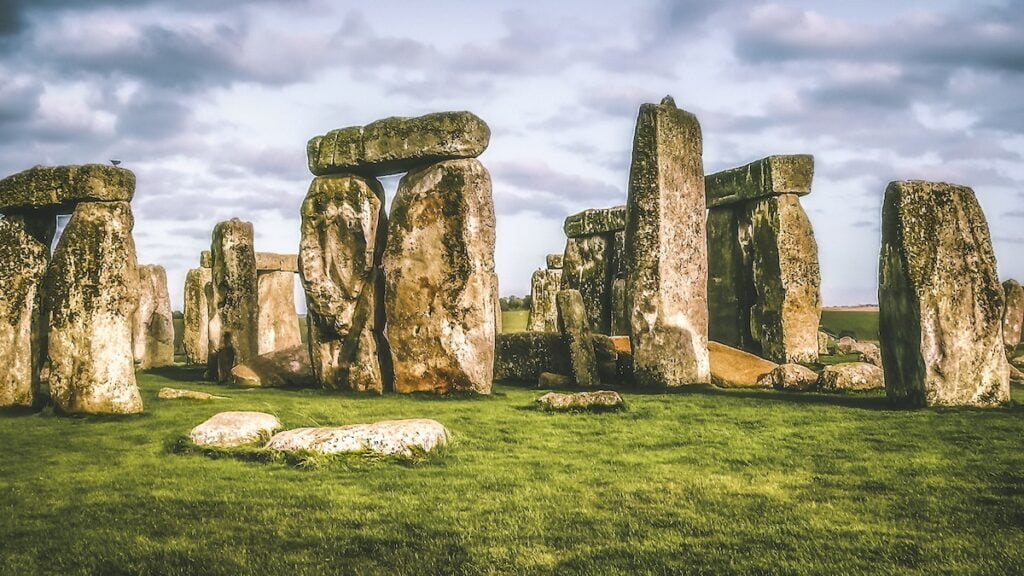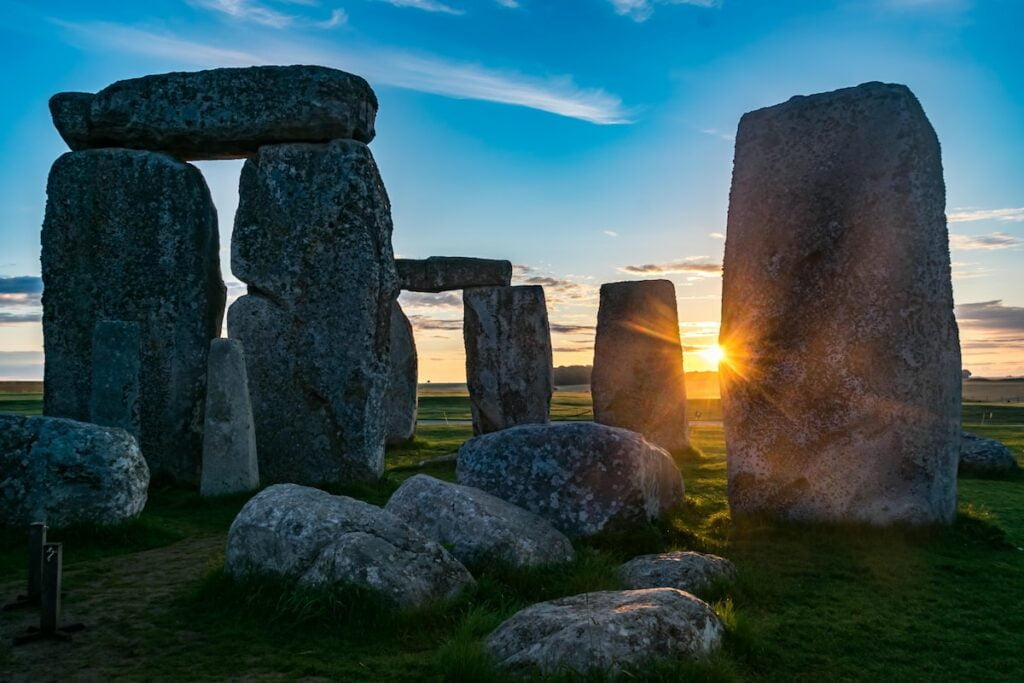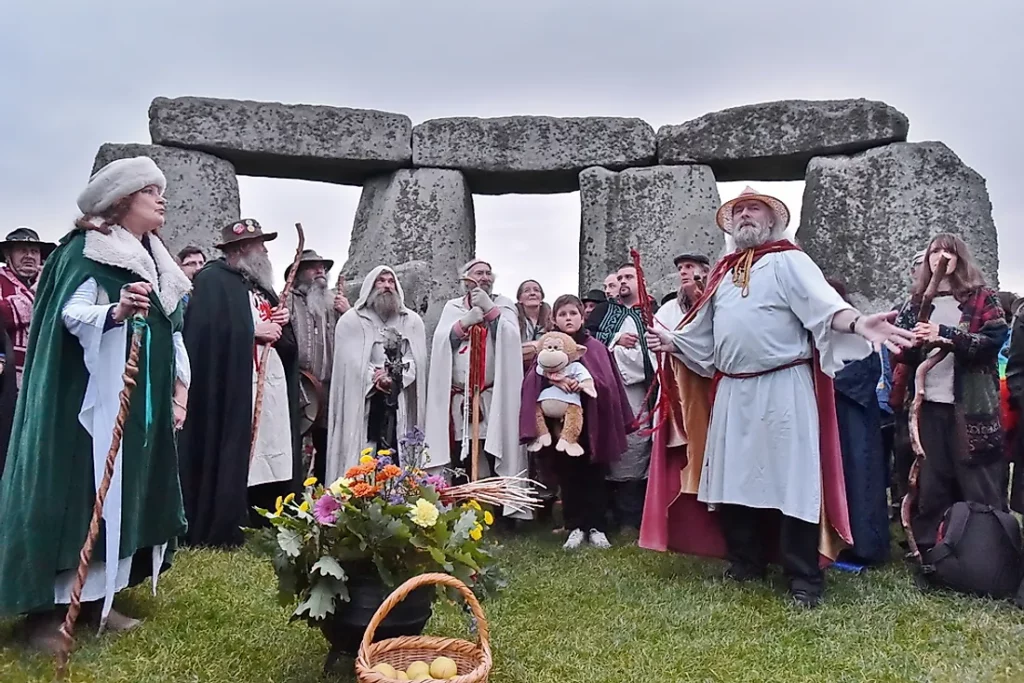The Summer Solstice and the Stonehenge Celebration: English Heritage

We have a rich history of summer solstice celebrations, largely centred around the prehistoric and fascinating monuments Stonehenge. Rising from the rolling plains of Wiltshire, this ancient stone circle has stood as a silent witness to the changing seasons for over 5,000 years. It is considered one of the best-known and most important solstice sites in the world, alongside Machu Picchu, Chichen Itza, Chaco Canyon, Newgrange and The Great Sphinx and Pyramid of Khafre. Playing host to an annual gathering that links us to our distant ancestors in a celebration of nature’s rhythm. Why not walk around Stonehenge this summer?
History and archaeological significance of Stonehenge
While the exact purpose of Stonehenge remains a mystery, many archaeologists and historians agree that it was likely used as an astronomical observatory and a sacred site for ritual activities. Constructed in several phases between 3000 BC and 1500 BC, the monument’s builders demonstrated a profound understanding of the natural world and celestial movements.

Summer Solstice celebrations at Stonehenge
Stonehenge’s architectural design suggests a significant alignment with the summer solstice. On this day, the sun rises just over the structure’s Heel Stone and hits the centre of the monument, casting a spectacular golden line of light. This alignment is too precise to be coincidental, indicating that the people who built Stonehenge had a deep understanding of the solar cycle and that the summer solstice was an event of paramount importance to them.
In modern times, Stonehenge continues to be a focal point for summer solstice celebrations in the UK, with people visiting from around the world. Thousands of people – druids, pagans, and spectators alike – converge on the ancient site to witness the sunrise on the longest day. The event is steeped in spirituality and respect for nature, a testament to the tradition’s longevity.

Druids, who see themselves as spiritual descendants of the Celtic priestly class, perform a ceremony that involves singing, chanting, and drumming. Pagans, who follow nature-based beliefs, also honor the solstice sunrise with their own rituals. Many attendees choose to participate in these observances, while others simply come to soak in the atmosphere, enjoy the company of others, and marvel at the breathtaking sight of the sun rising in perfect alignment with the stones.
Despite the variety of reasons people may have for attending, one unifying theme is present: a reverence for nature and its cycles. This sentiment, handed down from our distant ancestors who first built the monument, continues to be a significant part of the celebrations today.
The Summer Solstice at Stonehenge is not just a day of celebration but a profound reminder of our ancestors’ deep-seated respect and understanding of the environment. It offers us a chance to reconnect with our past, to acknowledge the wisdom of ancient cultures, and to carry that wisdom forward into a future where a sustainable and respectful relationship with our environment becomes increasingly crucial.
Do you want to share your story and inspire our readers ? Know that every story is paving the way for a brighter, happier future.




